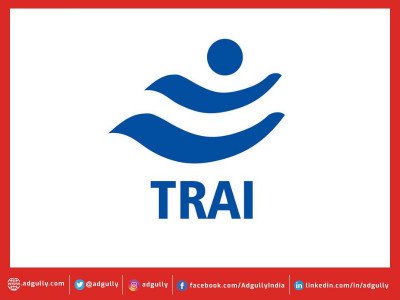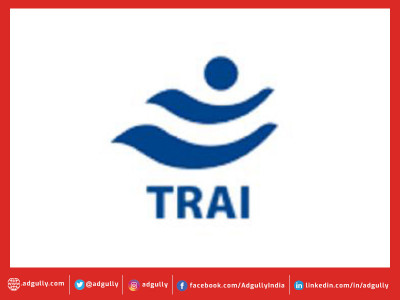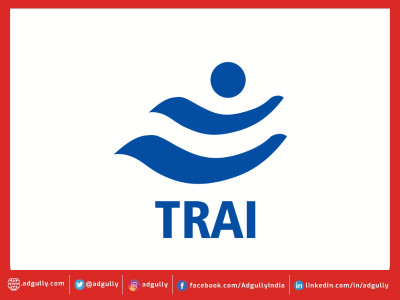TRAI issues notices to keep a check on acquisitions & mergers in media sector
Following a referral from the Ministry of Information and Broadcasting, the Telecom Regulatory Authority of India (TRAI) has issued a consultation paper on media ownership (MIB).
TRAI is now seeking stakeholder feedback on the need for, nature, and level of safeguards in the broadcasting and distribution sectors, as well as cross-holdings across multiple media sectors.
The regulator stated in the consultation paper titled 'Issues related to Media Ownership' that mergers and acquisitions (M&A) in the media sector must be monitored to ensure media plurality. It further stated that, in addition to keeping an eye on M&A, cross-media holdings by the same business should be avoided.
TRAI cites Australia as an example, where new M&A transactions are prohibited until a minimum of five independent media businesses or groups are maintained in metropolitan markets and four in regional markets.
In light of this, the question that needs to be addressed is whether more limitations on M&A in the media industry are necessary, and if so, what should be the foundation for such additional criteria," according to TRAI.
The regulator has stated that oversight and a regulatory structure are needed to monitor and govern cross-media ownership. A person or an organisation is said to be involved in cross-media ownership if it owns two or more media outlets in print, radio, television, and the internet, according to TRAI.
"The news content will be homogeneous if one entity becomes dominant in all or most of these media categories." Such a setup could stifle debate and stifle divergent opinions."
In addition, the authority has noticed a trend of "chain ownership" (even though an entity is present in one media segment only, it is in a dominant position in the segment).
Vertical integration in the broadcasting sector, according to TRAI, refers to a single organisation owning/controlling content/broadcasting services and distribution services.
When it comes to vertical integration limits, the TRAI has pointed out that there are various grey areas. Vertical integration restrictions have only been placed on DTH providers, not on MSOs or HITS providers.
Furthermore, there is a need to investigate cross-holding among DPOs. In light of this, the problem of vertical integration in the broadcasting sector requires further discussion, and stakeholders' input is sought," it noted.
Many transnational firms, according to TRAI, are active in a variety of industries, including the media. As a result, a new method is needed to capture cross-holdings and direct/indirect management of various organisations by a single body.
"There is a belief that limits based on a company's control can be easily circumvented by the same corporation forming a second set of businesses. As a result, a system that addresses both de facto and de jure ownership is required "explained the watchdog.
The regulator stated that while media control by governmental entities, surrogate organisations, and corporate entities has been popular around the world, including in India, the need to preserve media independence from political and economic influences is critical.
Three popular strategies for calculating market concentration are mentioned in the TRAI CP.
The Concentration Ratio approach compares the revenue of the top four or eight companies to the industry's total revenue. Concentration is deemed strong if the top four companies account for more than half of total revenue or the top eight companies account for more than seventy percent of total revenue.
Lerner's Index takes into account the structure of the industry and its impact on market power. Where p is the selling price of a good and c is the marginal cost of producing that good, it is defined as.
The Herfindahl-Hirschman Index (HHI) is the sum of the squares of all firms' market shares (percentage) in the identified market. It is more precise than Concentration ratios, but it can be time-consuming in a multi-company market because each company's sales must be accounted for and totaled for the entire market revenue.
TRAI has urged that genres be re-examined in the creation of popular perception, as well as the need for viewpoint diversity.
While news and current events have a direct impact on plurality and diversity of viewpoints, the authority asserted that general entertainment and information outlets can also influence public opinion.
As a result, the TRAI believes that it may be necessary to supervise the regulation of entertainment media that has a significant impact on people's values and views.
Various methods of cross-media ownership restrictions have been discussed by the TRAI.
The first option entails limiting ownership based on mere existence, i.e., a blanket prohibition on controlling media outlets in several media segments.
The second option is market share restrictions in media segments, in which media firms that exceed prescribed market share criteria in two or more media categories must withdraw from one of them.
The third option is to impose a restriction based on market concentration, which is commonly calculated using HHI tools.
If the HHI of a market sector is 1,800 or more, it is considered extremely concentrated. In the event that an entity fails to pass the above-mentioned standard, the next step is equity dilution.
The fourth way is to set a limit based on the Diversity Index, which takes into account the total concentration in a market.














Share
Facebook
YouTube
Tweet
Twitter
LinkedIn